Whether a card has an annual fee is often one of the first questions people ask when shopping for a new credit card. No-fee cards have the advantage of costing you nothing, but they usually have minimal rewards. On the other hand, a low-fee card might cost you a little, but give you a better return on your spending.
To figure out which type of card is best for you, take time to analyze your spending habits and how certain cards offer various levels of value for your habits. You'll need to determine whether you spend enough to earn rewards that cancel out the annual fee
Here, you'll find more details on how to weigh the differences between low fee and no fee credit cards, plus a few example scenarios to help guide you in your decision.
Key Takeaways
- Credit card annual fees are charged for more rewarding credit cards.
- These fees are worth paying for if you earn more in terms of rewards than the fee itself.
- If you don't want to pay an annual fee, there are plenty of no fee credit cards to choose from.
Never miss an amazing deal again + get our bonus 250+ page eBook for FREE. Join 50,000 other Canadians who receive our weekly newsletter – learn more.
Low fee vs. no fee credit cards
No fee credit cards are pretty straightforward – as long as you meet eligibility requirements, you can get a card and aren’t charged an annual fee to use it.
These cards usually have pretty basic features and benefits. They may offer really simple rewards and include 1 or 2 types of insurance coverage, but that's all.
Low fee credit cards, on the other hand, have better earning opportunities, better insurance, and sometimes perks like airport lounge access, travel discounts, and/or experience or dining offers.
You can expect to pay less than $100 per year for a low fee card.
When is an annual fee worth it?
The easiest way to determine whether a card is worth paying for is to figure out how much you’d need to spend each month to offset the annual fee.
(Difference in annual fee) / (Difference in earn rate) / 12 = Monthly required spend
You may have already spotted that this formula works best for cards with flat earn rates; cards with category multipliers are another story.
If your spending in certain categories calls for a much higher return, it may be worth considering a card that's one tier above the one you initially considered (in terms of annual fees).
You can use our compare cards page, but to fully calculate a credit card's return using your own monthly spending, keep in mind that low fee credit cards tend to outearn no fee cards at the $1,000-spend mark.
Example: MBNA Smart Cash Platinum Plus Mastercard vs. World Mastercard
Let’s put these calculations and considerations into practice by weighing 2 MBNA credit cards: the MBNA Smart Cash Platinum Plus Mastercard and the MBNA Smart Cash World Mastercard.
Here’s what you would earn with an example $500 spend:
| Spend Category & Monthly Spend | MBNA Smart Cash Platinum Plus® Mastercard® | MBNA Smart Cash® World Mastercard® | ||
|---|---|---|---|---|
| Earn Rate | Annual Rewards | Earn Rate | Annual Rewards | |
| Gas – $50 | 2% (up to $500 monthly spend combined with grocery) | $12 | 2% (up to $500 monthly spend combined with grocery) | $12 |
| Grocery – $87.50 | 2% (up to $500 monthly spend combined with grocery) | $21 | 2% (up to $500 monthly spend combined with grocery) | $21 |
| General – $362.50 | 0.5% | $21.75 | 1% | $43.5 |
| Total Rewards | 1.25% | $54.75 | 1.5% | $76.5 |
| Annual Fee | $0 | ($39) | ||
| Net Rewards | $54.75 | $37.50 |
In this case, it’s not worth it to pay for the low fee version of the card since you’d only end up earning $37.50 after paying the annual fee. However, the no fee card nets you $54.75.
Now, let’s see what you get with an example $1,000 in spending:
| Spend Category & Monthly Spend | MBNA Smart Cash Platinum Plus® Mastercard® | MBNA Smart Cash® World Mastercard® | ||
|---|---|---|---|---|
| Earn Rate | Annual Rewards | Earn Rate | Annual Rewards | |
| Gas – $100 | 2% (up to $500 monthly spend combined with grocery) | $24 | 2% (up to $500 monthly spend combined with grocery) | $24 |
| Grocery – $175 | 2% (up to $500 monthly spend combined with grocery) | $42 | 2% (up to $500 monthly spend combined with grocery) | $42 |
| General – $725 | 0.5% | $43.50 | 1% | $87 |
| Total Rewards | 0.95% | $109.50 | 1.3% | $153 |
| Annual Fee | $0 | ($39) | ||
| Net Rewards | $109.50 | $114 |
At $1,000, the World card gets a slightly higher net return. So, to justify paying for the card, you’d need to spend at least $1,000 per month. If you spend more on gas and groceries, you’ll get even more in rewards.
Example: Tangerine Money-Back Credit Card vs. Scotia Momentum Visa Card
Now let’s compare the Tangerine Money-Back Credit Card and the Scotia Momentum Visa Card.
Both cards offer earn rates of up to 2%, but the Scotiabank Momentum Visa offers additional 2% categories and 1% on everything else for an annual fee of $39.
Let’s start with our previous $500 spend. We’re going to assume that you’re earning 2% on 3 categories with the Tangerine card.
| Spend Category & Monthly Spend | Tangerine Money-Back Credit Card | Scotia Momentum Visa Card | ||
|---|---|---|---|---|
| Earn Rate | Annual Rewards | Earn Rate | Annual Rewards | |
| Gas – $50 | 2% | $12 | 2% | $12 |
| Grocery – $87.50 | 2% | $21 | 2% | $21 |
| Bill Payment – $75 | 2% | $18 | 2% | $18 |
| Drugstore – $25 | 0.5% | $1.50 | 2% | $6 |
| General – $262.50 | 0.5% | $15.75 | 1% | $31.50 |
| Total Rewards | 1.13% | $68.25 | 1.47% | $88.50 |
| Annual Fee | $0 | ($39) | ||
| Net Rewards | $68.25 | $49.50 |
Again, the no fee Tangerine Card comes out on top, but what happens if the monthly spend is increased to $1,000?
| Spend Category & Monthly Spend | Tangerine Money-Back Credit Card | Scotia Momentum Visa Card | ||
|---|---|---|---|---|
| Earn Rate | Annual Rewards | Earn Rate | Annual Rewards | |
| Gas – $100 | 2% | $24 | 2% | $24 |
| Grocery – $175 | 2% | $42 | 2% | $42 |
| Bill Payment – $150 | 2% | $36 | 2% | $36 |
| Drugstore – $50 | 0.5% | $3.00 | 2% | $12 |
| General – $525 | 0.5% | $31.50 | 1% | $63 |
| Total Rewards | 1.13% | $136.50 | 1.47% | $177 |
| Annual Fee | $0 | ($39) | ||
| Net Rewards | $136.50 | $138 |
If you're spending at least $1,000 a month, again, it might make more sense to go with the low fee Scotiabank Momentum Visa over the Tangerine card.
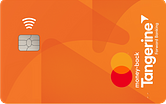
Added Bonus: If you shop at Costco, you might want to carry both cards in your wallet.
Use your Tangerine Mastercard at Costco and pick 3 categories that are different from what the Scotiabank Momentum Visa offers. This way, you’ll earn 2% in 7 categories, earn rewards at Costco, and only pay $39 dollars a year.
Low fee vs. premium credit cards
Low fee credit cards are a bit of a grey area in Canada. They’re a little harder to qualify for and earn more rewards than no fee cards, but they fall short in the benefits area when compared with premium cards.
People willing to pay to use a credit card might not mind spending more for a premium card if they get significantly more perks and benefits. Premium cards can cost anywhere from $120 to $799 a year, but here are some of the benefits included:
- Airport lounge access
- Comprehensive insurance packages
- Better earning and redemption rates
- Car rental or fuel discounts
- NEXUS credits
- Elite status
- Metal cards
- Concierge service
- Dining and travel credits
- Bonus points on your birthday
Again, before you choose any type of credit card, study and decide whether the value the card offers outweighs its annual fee.
FAQ
Is it better to have a credit card with no annual fee?
A no fee card makes sense if you don’t plan on using your card often, and/or you wouldn’t get enough back to justify the fee. It's also a good choice for those who don’t qualify for low fee cards.
What are the benefits of a no fee credit card?
The main benefit is that you don’t have to worry about shelling out anywhere from $100 to $500 just to use the card. Plus, eligibility is usually looser for these cards, making qualification a bit easier.
How many credit cards should I have in Canada?
There’s no specific number of cards you should have since it depends on your personal finances. We recommend starting with 1 or 2 cards to build your credit and see if they meet your needs. With responsible use, you can always get more if needed.
creditcardGenius is the only tool that compares 126+ features of 231 Canadian credit cards using math-based ratings and rankings that respond to your needs, instantly. Take our quiz and see which of Canada's 231 cards is for you.




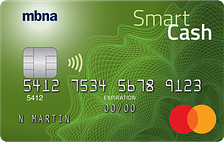

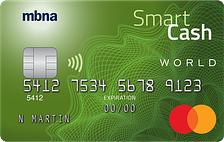
 ×1 Award winner
×1 Award winner  $120 GeniusCash + Up to $100 bonus cash back** + No annual fee.*
$120 GeniusCash + Up to $100 bonus cash back** + No annual fee.*
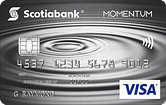



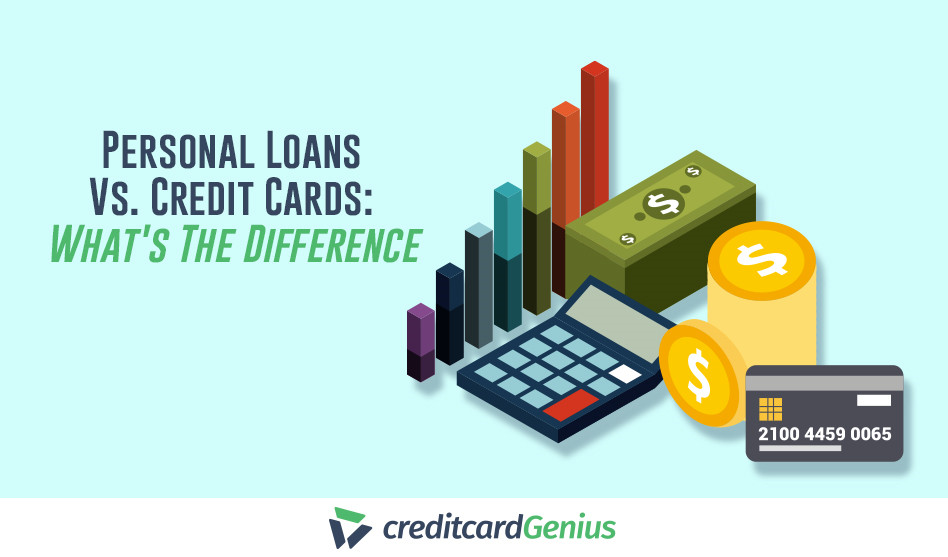
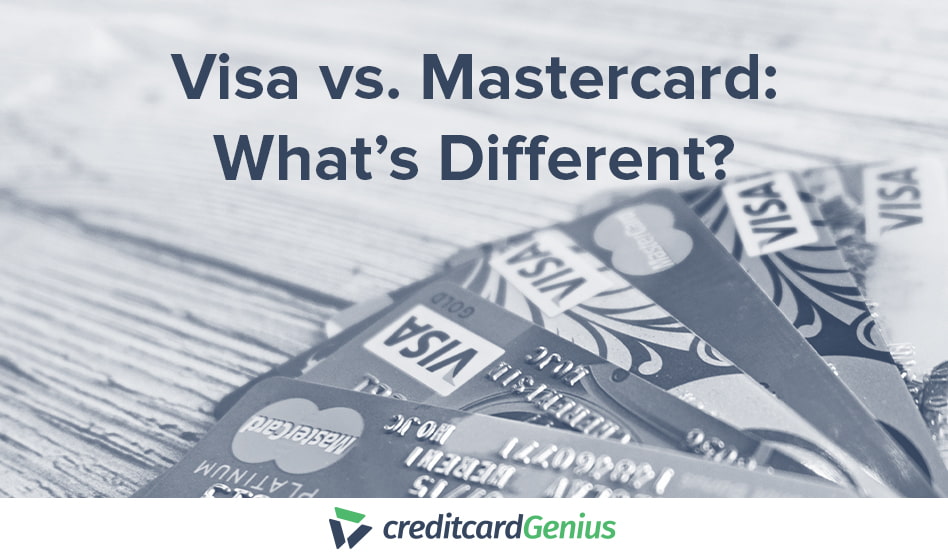


 GC:
GC: 



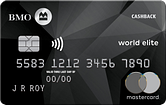
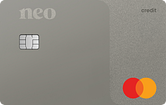
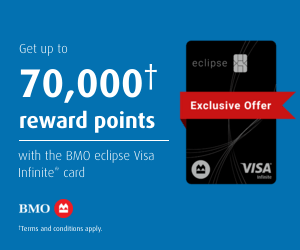

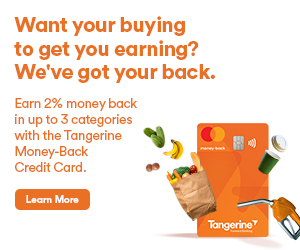

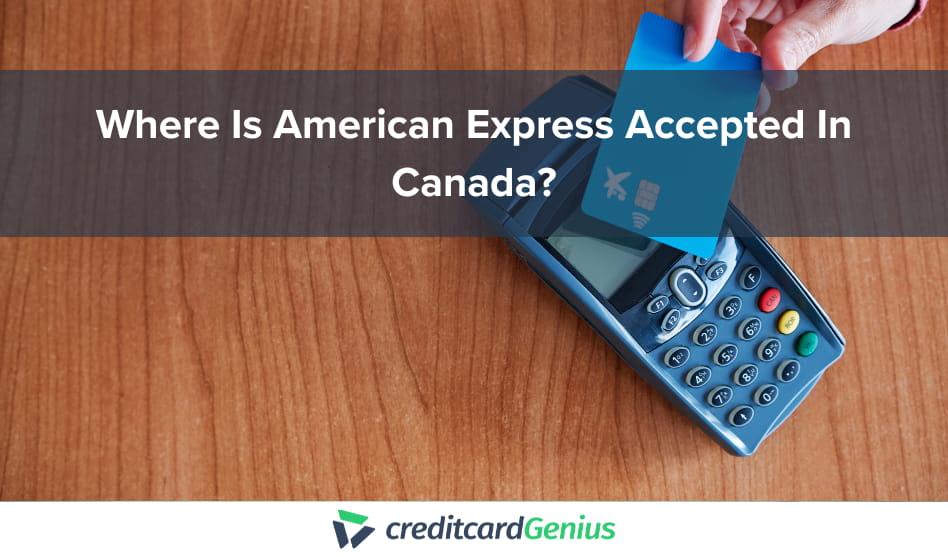


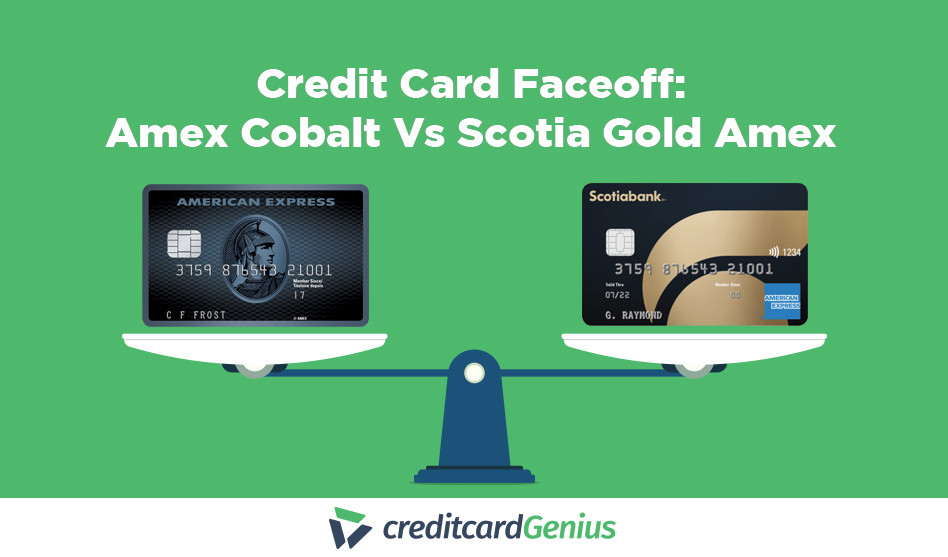

.png)





















Comments
Leave a comment
Required fields are marked with *. Your email address will not be published.